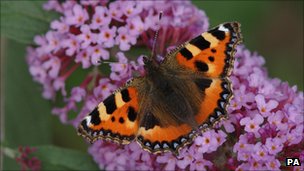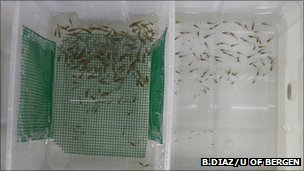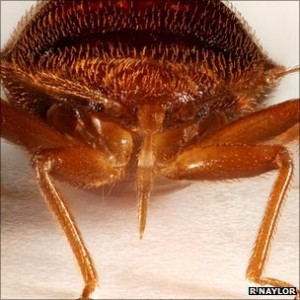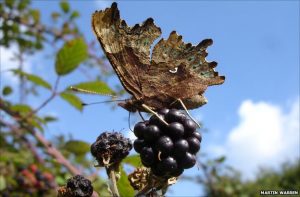The UK government has pledged £50m towards developing spin-off technologies from the super-strong material graphene.
The announcement comes exactly a year after two Manchester-based scientists were awarded the Nobel-prize for its discovery.
The money is hoped to give researchers more bench space to explore the material’s commercial potential.
Funds will be available in the next few months, said the UK science minister.
Graphene, the “miracle material” of the 21st Century, is so far the strongest material known to science, and better at conducting electricity than copper.
It could have a large number of potential application; scientists say it could find uses from transparent touch screens to solar cells, from aircraft wings to optical communication systems, like broadband.
The Chancellor, George Osborne, in his speech at the Conservative Party conference said: “…We will fund a national research programme that will take this Nobel Prize-winning discovery from the British laboratory to the British factory floor.
“We’ve got to get Britain making things again.
“Countries like Singapore, Korea, America are luring [researchers] with lucrative offers to move their research overseas,” he added.
The funds for graphene R&D are in addition to £145 million “earmarked” for the establishment of more UK-based supercomputers, along with funding to support more computer-scientists and facilities to house them, the University and Science Minister David Willetts told BBC News.
He said: “I’m very happy; even in tough times we are investing in science”.
In response to the announcement, Professor Sir Peter Knight, President of the Institute of Physics, said: “We’re delighted that the Government recognises the role science can play in creating a vibrant, diverse economy for the future of the UK – investment in science delivers great returns economically and intellectually”.
“We applauded the Government’s decision to ‘invest intelligently’,” said the director of the Campaign for Science and Engineering (Case) Imran Khan in a statement.
However, he cautions: “These new investments are coming in the wake of enormous cuts to the nation’s science and engineering base.
“Last month [Case] released an analysis showing that £1.7bn will have been cut from research and development funds by 2014-15.”
Without a long-term strategy to put science and engineering at the heart of the UK’s economic recovery, said Mr Khan, home-growth discoveries like groundbreaking research into graphene could be a thing of the past.
:: Read original here ::




